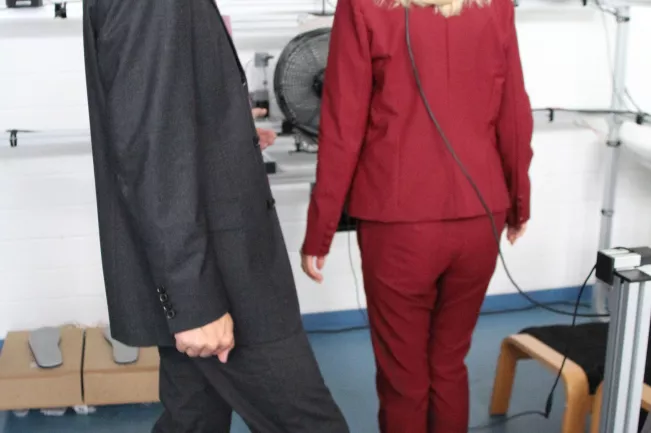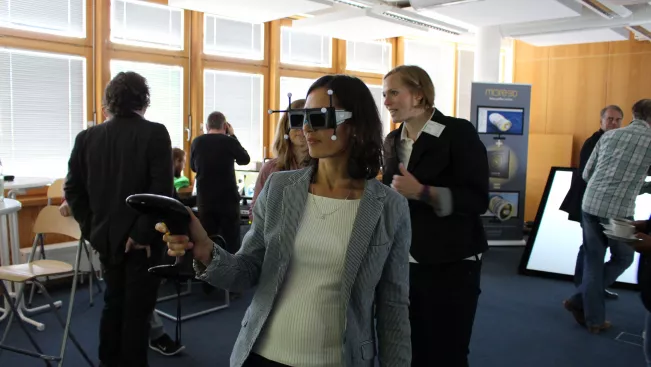Department of Computer Science
Kruijff co-edits textbook classic on Virtual Reality

The team of authors, Joseph J. LaViola Jr., Ernst Kruijff, Doug Bowman, and Ivan P. Poupyrev has been in touch since the late nineties. In the beginning, a larger group of scientists communicated via mailing list on the emerging field of virtual reality. Later on, some of them developed a course aimed at conferences with a focus on VR, such as IEEE Virtual Reality or ACM SIGGRAPH.

Based on these materials, the authors published the first edition of "3D User Interfaces" in 2005. At the time, the book was the first comprehensive textbook in its field so that it soon became the standard reference for 3D user interfaces. The title was translated to Japanese and Chinese as well.
For the second edition, the contents have been thoroughly revised and updated because much has happened in the field of virtual reality. Some of the technology has already become mainstream and has entered peoples' homes such as the Wii games console, the Oculus Rift VR-glasses and Microsoft's Augmented Reality glasses HoloLens.

However, 3D user interfaces did not only conquer the world of gaming and entertainment. VR and AR applications are used in the automobile industry in order to visualize development steps or for presentation purposes with customers.
Furthermore, VR/AR environments can be useful for therapy of phobia and anxiety: It is possible to train patients in a protected and well controllable environment before they apply their new skills in real life.
The Institute of Visual Computing is currently working on programs for arachnophobia and fear of heights.

The two pictures show an experimental set-up for fear of heights: The test person is standing on a plank just a few centimeters above the floor. She sees the scenario depicted in the monitor in the second picture via her VR glasses.
Sounds interesting? If you would like to experience some of these VR/AR applications first-hand, please visit the booth of the Institute of Visual Computing on May 18th at this year's Day of Research.





What are 3D User Interfaces?
Virtual reality systems create an artificial 3-dimensional world while augmented reality systems add artificial elements to the users' real environment. 3D user interfaces have been developed to allow the user to navigate in the artifical environment as realistically as possible and interact with its elements in an intuitive way.
In addition to various head-mounted displays (the VR glasses), Kruijff and his team are working with gloves to enable gripping motions and with vibrating platforms to simulate walking movements.
Links
Weiterführende Links